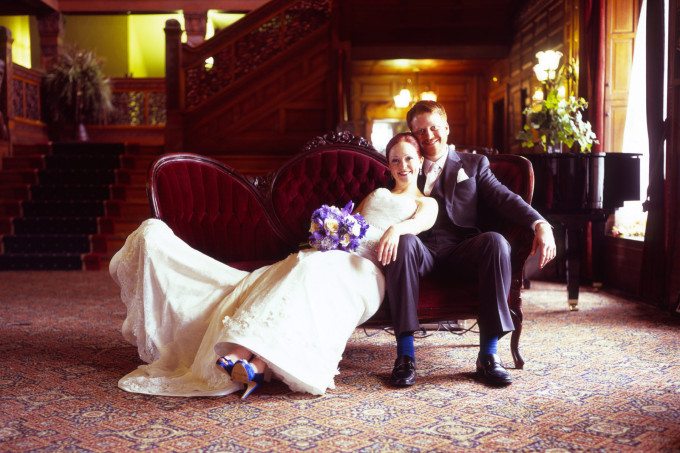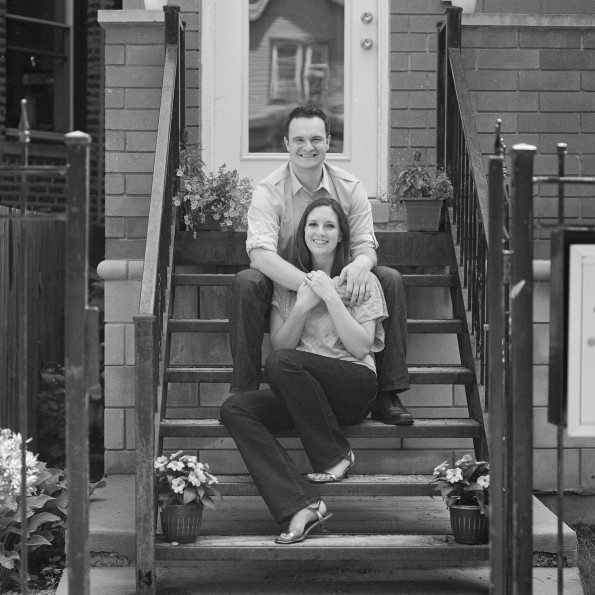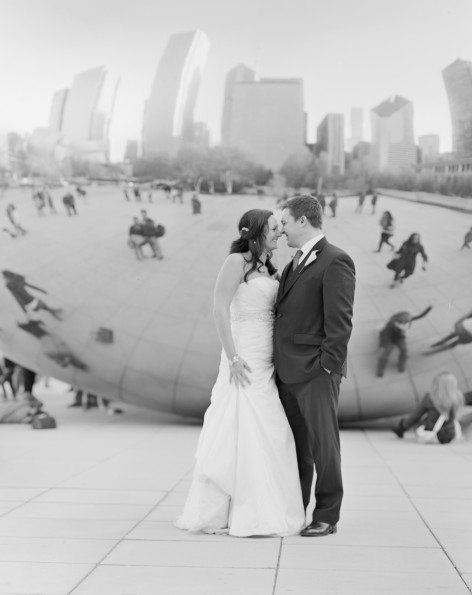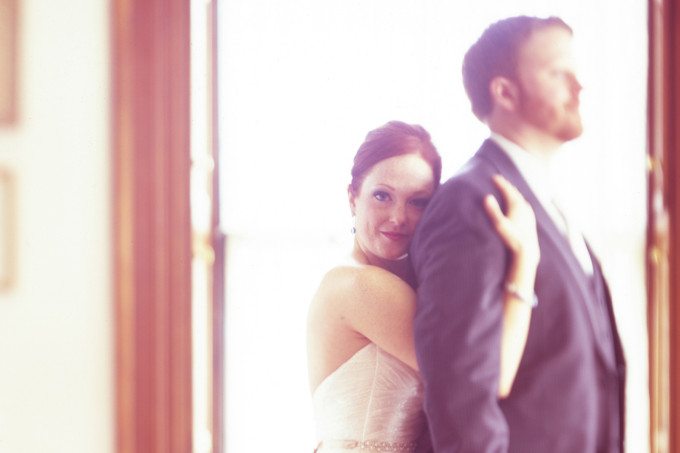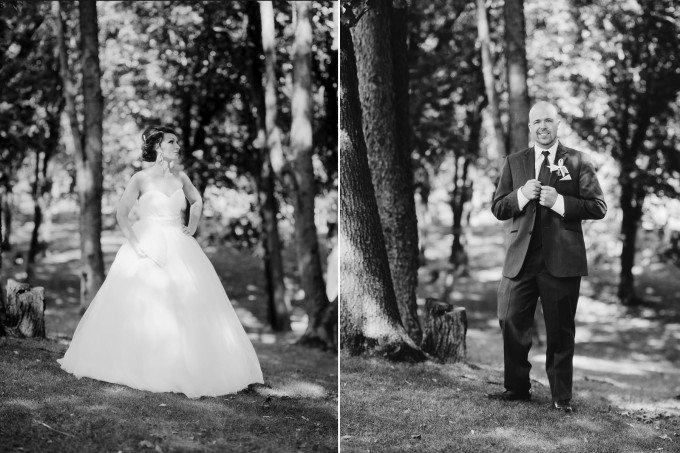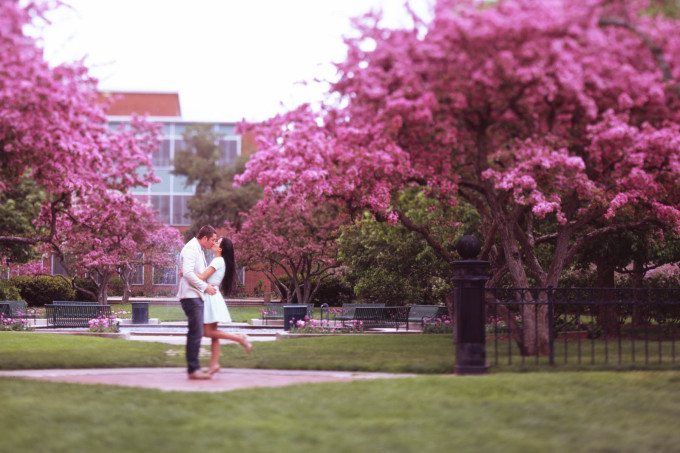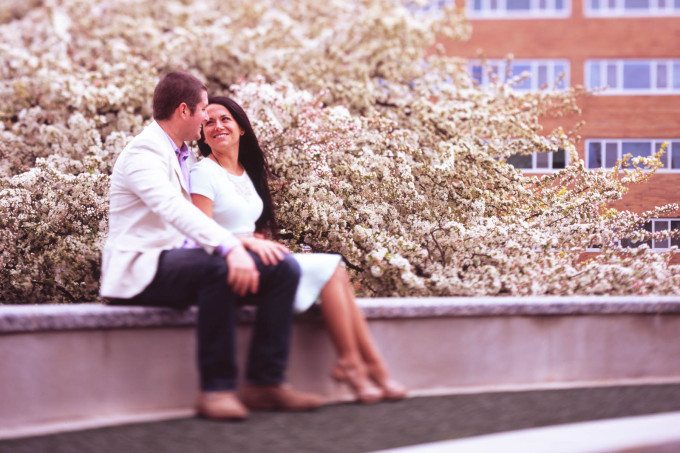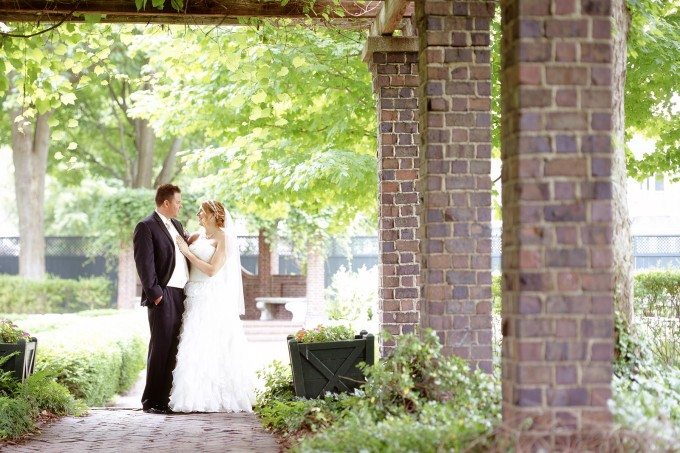Last Updated on 01/24/2015 by Chris Gampat
All images by Pat Brownewell. Used with permission.
Photographer Pat Brownewell usually shoots digitally, but in some cases still shoots with film as an extra bonus for his clients. But we’re not talking about the 35mm variety–oh no, that stuff is child’s play. We’re not even talking medium format. Pat shoots with 4×5 large format film in both color and black and white at weddings.
Why would he do this? Pat tells the Phoblographer that it was partially out of boredom.
We talked to Pat about the expenses and how it made him a better photographer.
Phoblographer: Tell us about how you first got into photography.
Pat: My dad worked as a commercial photographer for years and then went on to teach a two year commercial photography program at the local vocational school for another 25 years. Since I was born, I have just been involved in photography.
When I was three years old, I would hang out in our basement darkroom and “help” with printing (just agitating trays, moving prints around, nothing major). He gave me a camera when I was five, either a Minolta or Pentax, showed me how to work it, and then sent me out to play. As I grew older, I would read the books in his classroom when I was stuck there and bored. Eventually, he had me helping him set lights and assisting on shoots.
Phoblographer: What got you into wedding photography?
Pat: I started working for our high school magazine when I was 16. I loved it. I started shooting sports with my trusty AE-1 and fungus-filled Sears 80-200 f/4. Then it was on to head shots and lifestyle stuff. The yearbook teacher decided it would be a good idea to hire me to take some photos at her sister’s wedding (it was either pay me $100 or have no photographer). Soon after, my dad had to take on a couple weddings and asked me to assist.
Phoblographer: You’re unique in that a part of your website is specifically targeted at those who love the look of film in their photos. What made you want to do this? It seems like a very expensive thing to do these days in the modern wedding world.
Pat: It was a multitude of things, really. I was getting really bored with photography in late 2012. I just wasn’t enjoying the fast-paced, shoot-as-many-photos-as-you-can style that weddings were becoming. Everything just felt the same and as a result I was getting lazy. I honed my digital technique to be nearly flawless in any circumstance but that bored me even more because now I didn’t even need to think.
With film, I remember every shot. I know the names, the dates, the places of all the work I shot in high school but I was having trouble feeling the same connection with my digital shots.
“Some people invest heavily in paper products for their marketing materials, some employ web designers and SEO magicians, some go to as many bridal shows as possible. I just choose to shell out $500-700 a year in film costs, at least I enjoy spending that money.”
So, I went back to shooting some film. I didn’t want to shoot 35mm because it would look the same as digital and there’s not really much penalization for getting things wrong. I thought about medium format, but again, it doesn’t really require you to stop and think. So I bought a 4×5 Crown Graphic off ebay.
4×5 isn’t all that expensive to do provided you know what you’re doing. A camera kit can be had for $200 or less. Film isn’t outrageous if you do black and white and process at home (~$3-4/exposure). Color is much more expensive but isn’t unreasonable if you look at it as an investment in your business. A few sheets of color can land you a few clients who love the look (I’ll be honest, I have to rationalize the cost of color film).
From there, limit what you shoot. I shoot 12 frames of black and white and four frames of color. The grand total in cost is probably under $75 for materials. Scanning takes time but that can be done while you work on other things.
Phoblographer: Talk to us about the film and gear you use. Why do you specifically choose it?
Pat: I use a Crown Graphic because it has some pretty basic movements and is pretty small. I’d prefer something with better movements and a rotating back like a field camera but that didn’t fit the initial budget I put forth. It’s on my list of upgrades.
For black and white film, I use Tmax 100 and Tmax 400 each pushed one stop. I’ve always liked the punchy contrast in pushed Tmax and the two films have roughly the same developing times which means I can do them in the same tank. It also gives me decent enough shutter speeds to be used in the shade or on porches when outside and I can attach my wireless flash remotes and work inside if need be.
For color, I use Fuji Velvia 100 and then under-expose a smidgen because my scanner hates properly exposed film. I use Velvia because it’s not an easy film to work with. It keeps me honest since it has such poor latitude and even worse with my old scanner. You have to be dead on with your exposure.
Velvia, being a slide film, also has the added benefit of being fun to show off to the crowd that inevitably forms around you while you shoot. I carry about 10 exposures in an old film magazine and pass them around to people behind me while I set my tripod and work with the model. People, especially the 60+ crowd, love it.
I have two lenses, a 210mm (which is like a 90mm in 35mm) and a 137mm (which is like a 40mm in 35mm). It’s a pretty light kit, you don’t really need much for 4×5 in my opinion.
Phoblographer: How do you go about making something like this profitable for you and your business? After all, wedding photographers have loads of expenses.
Pat: I just count on it to bring me more business. Some people invest heavily in paper products for their marketing materials, some employ web designers and SEO magicians, some go to as many bridal shows as possible. I just choose to shell out $500-700 a year in film costs, at least I enjoy spending that money.
Phoblographer: How many clients really want the film look? It’s obviously popular with Instagram, VSCO, and all the vintage rendering apps out there.
Evan: About half of my clients specifically comment on it. I’ve had a handful hire me over others because I do shoot some film. I also end up working for a lot of photographers because they know that if you can shoot 4×5 slide film, you can probably shoot anything.
The downside is that since it is so slow, you don’t always have time to use it. I don’t actually include the option for film in my contract because of this (nor do I charge extra if I end up using it). I always mention at the initial meeting that I can’t promise that I’ll be able to use film due to time constraints or weather. I’ve noticed that the people who really want film make certain that there is plenty of time to work that day. People who are less interested don’t add in any extra time.
Phoblographer: What do you enjoy about shooting film? Do you feel that it makes you a better photographer? How?
Pat: Shooting 4×5 is a deliberate action. You have to stop and think because you’re looking through an upside down image. It’s so slow to operate that it forces you and your subject to work together in order to make a great image. You can’t just bang away letting the subject move around with a smile just to choose the best shot out of a series. With 4×5, you have to get that perfect image the absolute first time.
It absolutely makes you a better photographer. You have one shot so you have to get your subjects to do exactly what you want them to do. You also have to be certain of your camera settings.
Phoblographer: Does anyone at a wedding ever wonder why you’re using film? If so, what is your response?
Pat: They do but once I hand them my set of slides they just say how awesome it is. They’ll end up asking more about technique or why the image is reversed more so than anything else. If I have an extended period of down time, I’ll let people play with the knobs and stuff too.
Phoblographer: How do you feel you approach a digitally shot wedding vs a film wedding?
Pat: I don’t approach them any differently. You’re hired to do a job, so do it. Coming away with a cohesive set of images that documents the day that the couple will love is the only way I approach a wedding.


